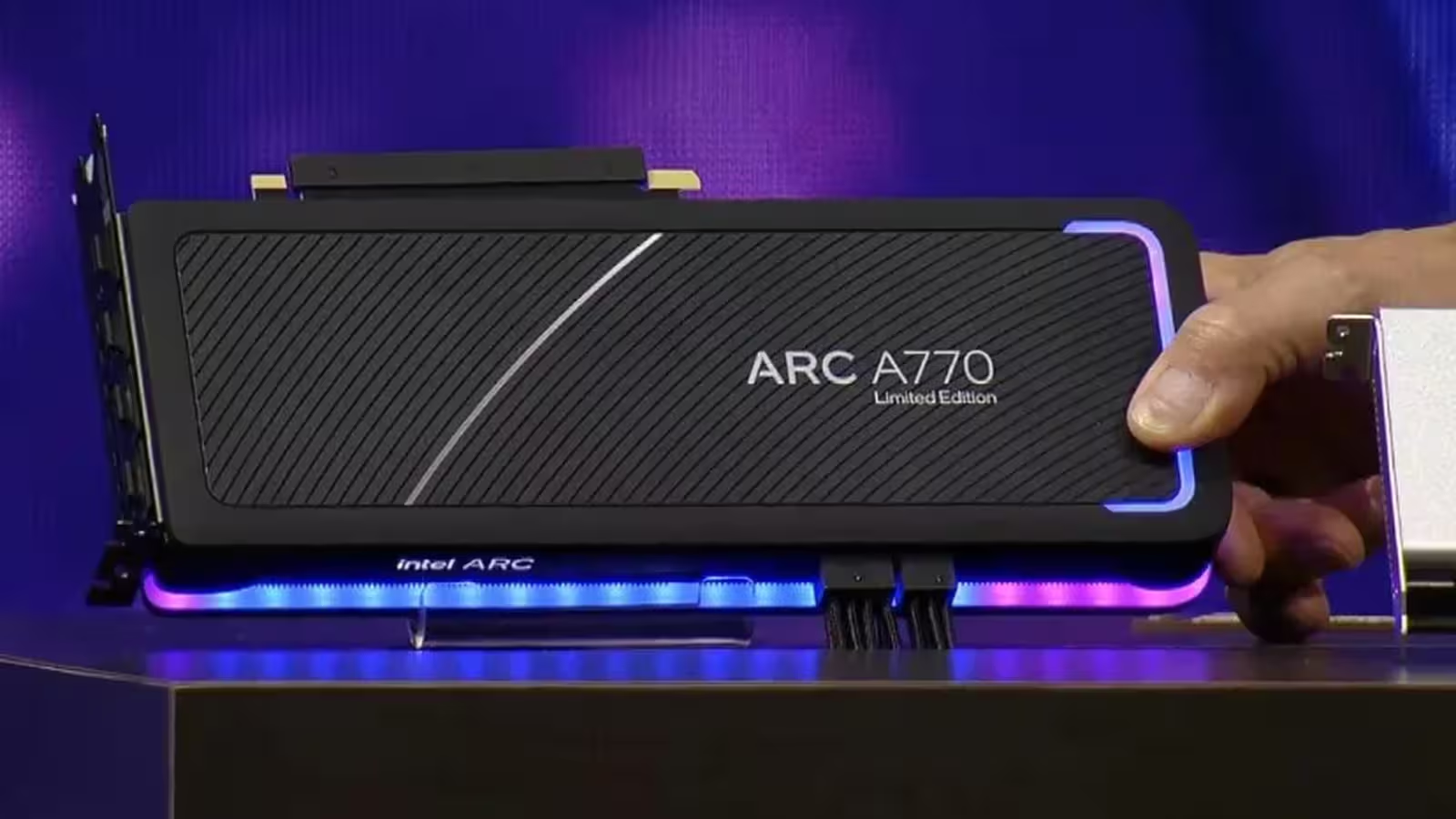3 Minutes
Intel Ends Production of Key Arc Alchemist Graphics Cards
In a significant move that will impact both the automotive technology ecosystem and PC enthusiasts, Intel has officially announced the discontinuation of two major discrete GPUs from its Arc Alchemist line—the Arc A750 and Arc A770. This announcement marks a pivotal shift in Intel’s strategy within the competitive graphics processor industry, especially as automotive manufacturers and car electronics suppliers increasingly rely on high-performance graphics solutions for in-car entertainment, advanced driver-assistance systems (ADAS), and digital dashboards.
Production Timeline and Transition
Intel unveiled the news through a formal Product Change Notification (PCN) on its website, revealing that production of the Arc A750 will come to an end first. The A750’s final orders will be accepted up until June 27, 2025, with shipments extending through September 26, 2025. The higher-end Arc A770 will see its production halt on November 18, 2025, with the last shipping date set for May 20, 2026. Partners and automotive tech integrators thus have a limited window to acquire these GPUs in bulk before they fade from the market.
Impact on Mobile and Automotive Graphics
This phase-out doesn’t just affect desktop GPUs. Intel is also wrapping up production on a range of mobile models, including the A350M, A370M, A530M, A570M, A730M, and A770M. These graphics processors have been increasingly utilized in car infotainment systems and in-vehicle computing platforms. By contrast, the Arc A380 and A580 are the only surviving models for now, but their future is uncertain as Intel prepares to roll out its next-generation Battlemage series.
Design, Performance, and Automotive Market Relevance
The Arc Alchemist series was Intel's first major initiative to challenge industry giants like AMD and NVIDIA across desktop, mobile, and automotive segments. Featuring a new graphics architecture, the Arc A750 and A770 offered competitive performance and features tailored for everything from immersive car entertainment to real-time vehicle data visualization. While these cards delivered a decent balance of power efficiency and graphical output, they struggled to capture significant market share—an important factor for automotive hardware designers prioritizing long-term component availability and support.
Comparisons & Market Positioning
Compared to similar offerings from AMD and NVIDIA, the Arc A750 and A770 were especially attractive to budget-focused consumers and integrators in the automotive aftermarket. However, they often lagged behind in driver maturity and software ecosystem—key considerations for both performance vehicle modders and in-vehicle tech developers.
With the upcoming Battlemage and the anticipated Xe3 Celestial architecture, Intel remains committed to advancing automotive-grade computing solutions. For automakers and enthusiasts alike, this transition signals more powerful and efficient graphics options on the horizon, paving the way for smarter, visually rich vehicles.
If you are involved in automotive tech development or rely on Intel graphics cards for your digital dashboard or infotainment builds, now is the time to assess your supply chain and plan for the next generation of GPUs.



Comments